10 Common Pests in the United States
10 Common Pests in the United States
Happy early 4th of July from Pointe Pest Control! The big day is tomorrow, and you know what that means: lots of grilled food, bright fireworks, and annoying flying insects. This holiday is best spent outside (preferably near a body of water) with family and friends, but no matter where you celebrate, there always seems to be a group of pesky insects that invite themselves to the party. This leads us to ask the question: what are the most common pests in the country? Sure, we see plenty of insects and arachnids throughout the year, but it’s easy to just see them as general pests that need to be removed from the house or garden. Let’s take a brief look at the 10 most common pests in the U.S. and why they are such frequent issues for homeowners across the country.
As a brief side note, this list is not in any particular order. Certain pests are much more common in certain states than in others, depending on the climate and natural features. You can even turn this into a fun (yet disturbing) game by seeing how many of these pests have made a guest appearance in your home before!
Ants
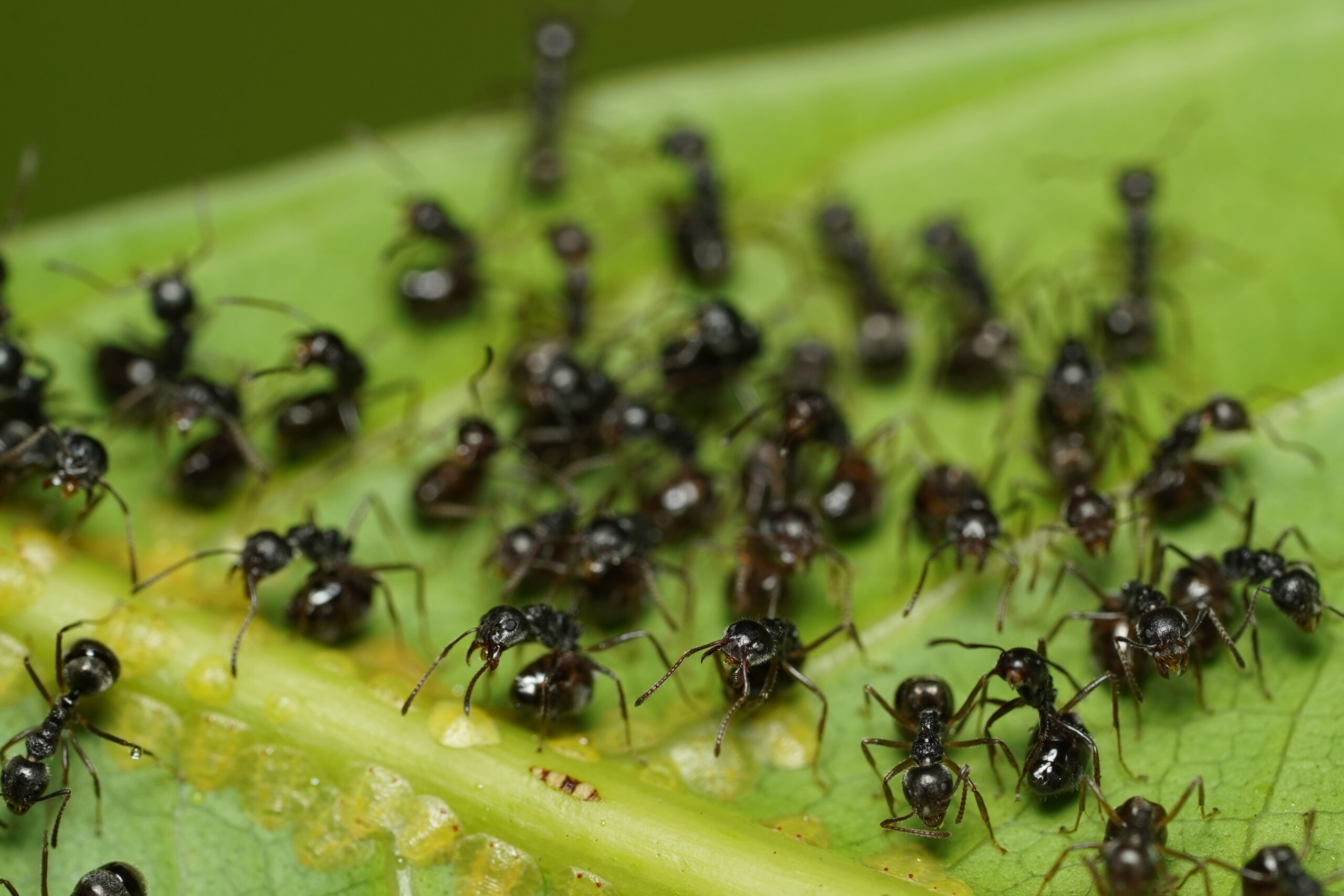
No surprises here. Ants are such a common pest for many reasons, which is why just about everyone has at least one interesting story of their battle with an ant invasion. For starters, there are hundreds of ant species in the U.S. alone, and they all have unique preferences and habits that make some more common in specific cities than in others. Each region has its own common ant types. These eusocial insects like to build their nests in soil, under concrete, or in homes, so they can always establish a full colony in the environment of their preference. Ants are hardworking and committed insects that will stop at nothing to find food for their huge colonies. The workers use pheromones to lead the rest of their colony to a food source, which is how a couple of ants in your kitchen can quickly turn into hundreds. Whether it’s an army of fire ants, odorous house ants, carpenter ants, or any other ants, this pest has certainly made its mark on the homes and picnics of America.
Roaches
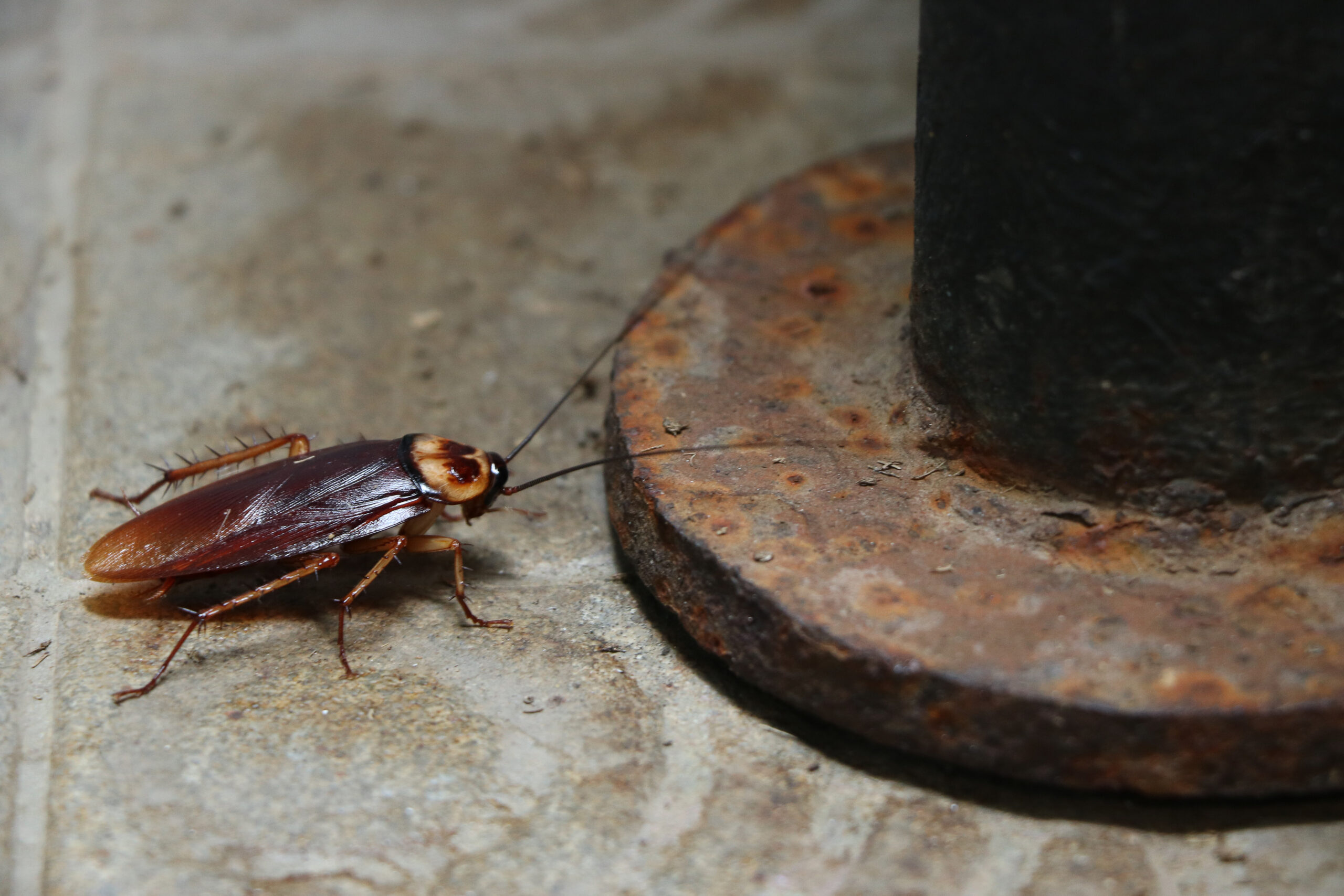
Cockroaches are some of the most vile pests ever, and we can confidently say that there are not any great arguments to refute this statement. Roaches love moisture and darkness, so their favorite habitats are sewers, drains, garbage dumps, and mulch piles. This causes them to accumulate countless bacteria and dangerous pathogens that will transmit diseases to humans. Roaches are the garbage disposals of the pest world and will eat just about anything they find, but they do have a preference for organic items with a high cellulose content. They can go up to a month without food and will survive any climate, making roaches a problem for basically every region. Roaches are attracted to any crumbs or spills, can squeeze through small cracks, and are resistant to traditional pesticides, all of which make them tough to catch and even more difficult to eliminate on your own.
Termites
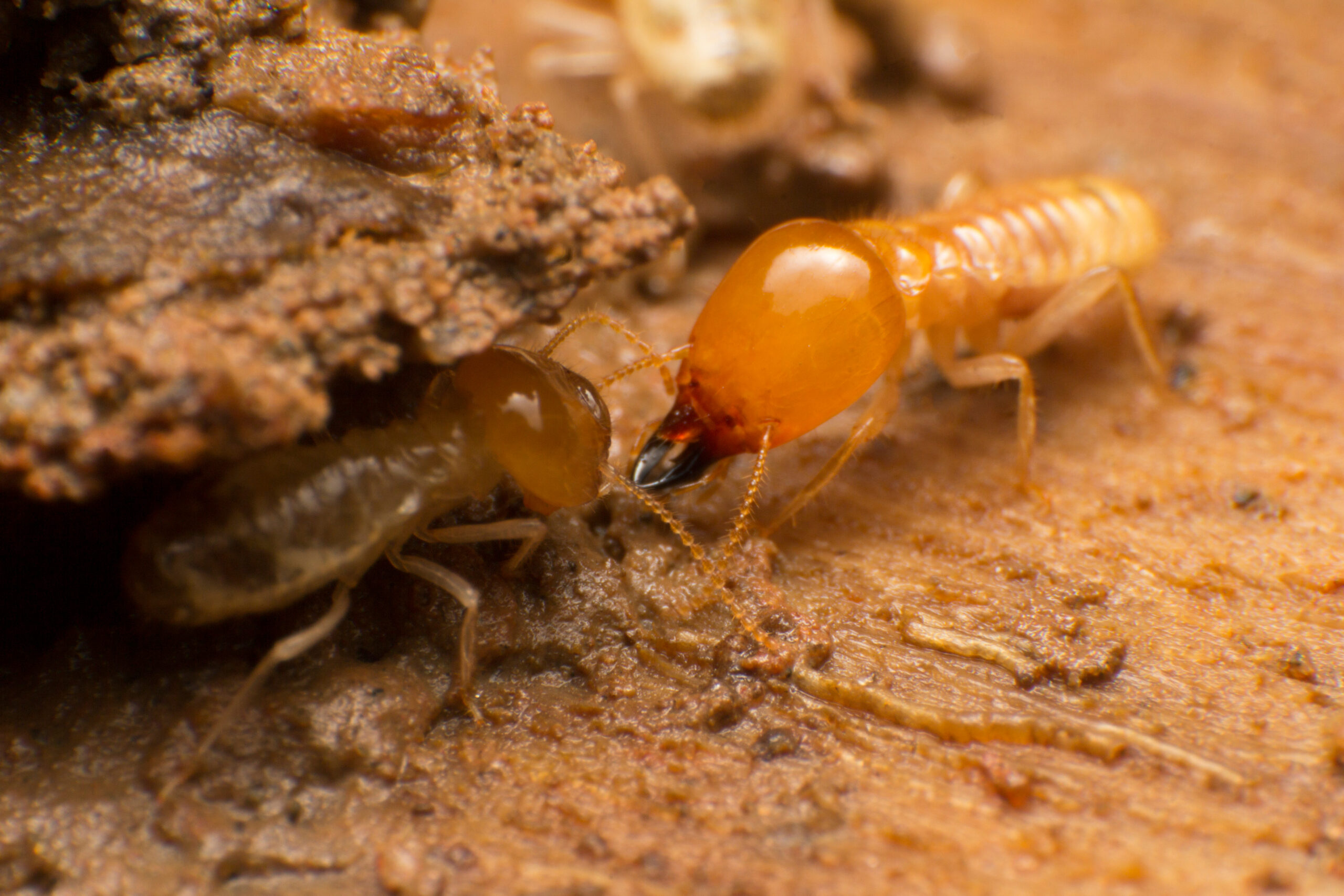
These pests are infamous problem pests as well, but for completely different reasons. Termites love anything wooden, and prefer plain, moisture-damaged wood the most. These pests never sleep, so the workers can constantly carve tunnels and the queen can continue to lay eggs for her approximate 25 years of existence. It is easy to see how termites can be one of the most destructive pests of all time with facts like those. In fact, termites cause billions of dollars in damages every year simply by gnawing through the wood in houses, especially in the framework. Termites never leave their tunnels – until the swarmers fly out to search for a new shelter – so infestations constantly go unnoticed until their population grows so large that even their nest isn’t enough to contain all of the insects.
Bed Bugs
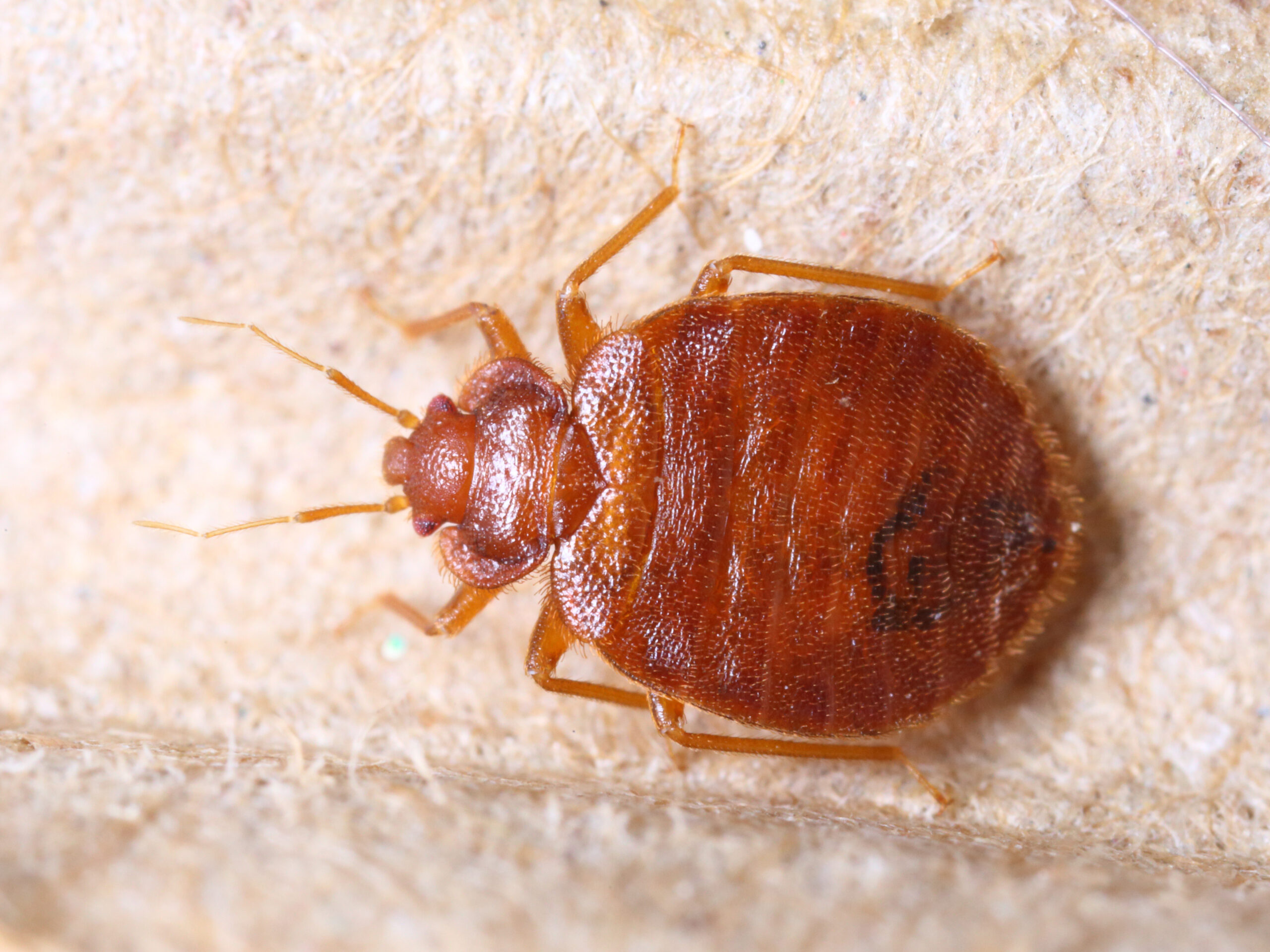
Some researchers point to bed bugs as the most common pest in the U.S. based on the sheer number of reported cases alone. These pests are the subject of multiple online pest control inquiries, especially in cities with higher populations. Bed bugs are so common and difficult to treat because they spread unbelievably quickly. The females start producing eggs as soon as they feed, and bed bugs of all sizes are experts at hiding within bags and clothing to travel to their next destination without the people owning the items seeing the tiny hitchhikers. Bed bugs don’t have to feed every night, and they can easily adapt to new rooms and climates. They cannot be treated with standard pesticides or traps, and every single one needs to be eliminated in order for an infestation to end. No matter which hotel chain you are loyal to, we recommend doing a quick scan of your bed and room when you first arrive to make sure you aren’t staying the night with any tiny surprise guests.
Wasps
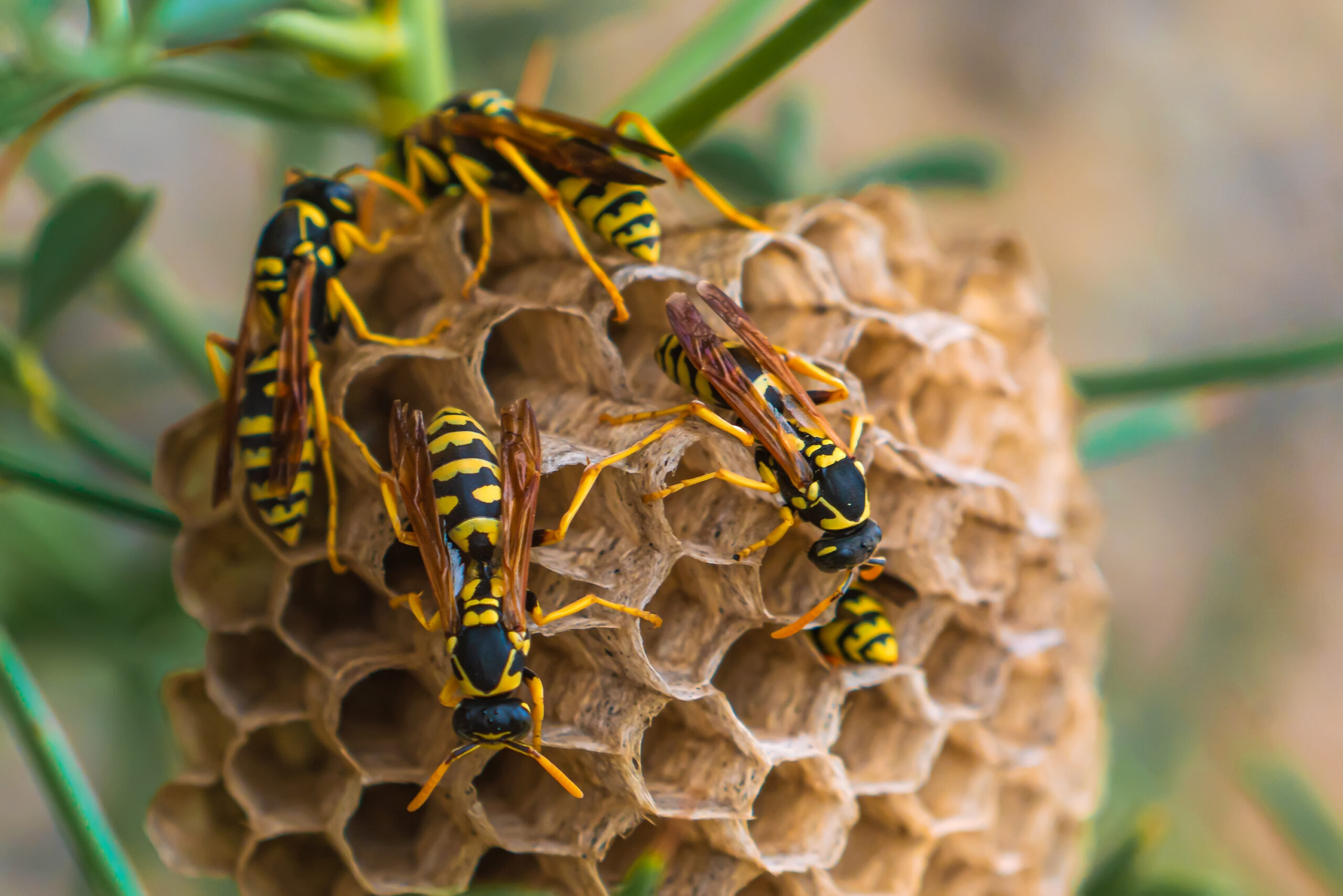
There is no greater surprise on a warm summer day than finding a wasp nest attached to your house – and the inhabitants already agitated. Wasps like to construct their nest in sheltered areas, like under eaves and in wall cavities. The queens overwinter in warm locations and start their new colony in the spring, which can grow to number in the tens of thousands later on. The warmer the weather is, the more aggressive the wasps will be. This is especially true when their nests are disturbed in any way, as the workers will release alert pheromones that tell the rest of the colony to attack anyone caught near the nest. Wasp colonies thrive when the workers find good food, and they are drawn to sweets and protein above all. They commonly eat nectar and other insects, but certain wasps will also hover around meat and pet food (hello, meat bees) until they feel safe to land. Wasps may not spread diseases or invade our food, but their presence definitely poses a danger to any household they live near.
Beetles
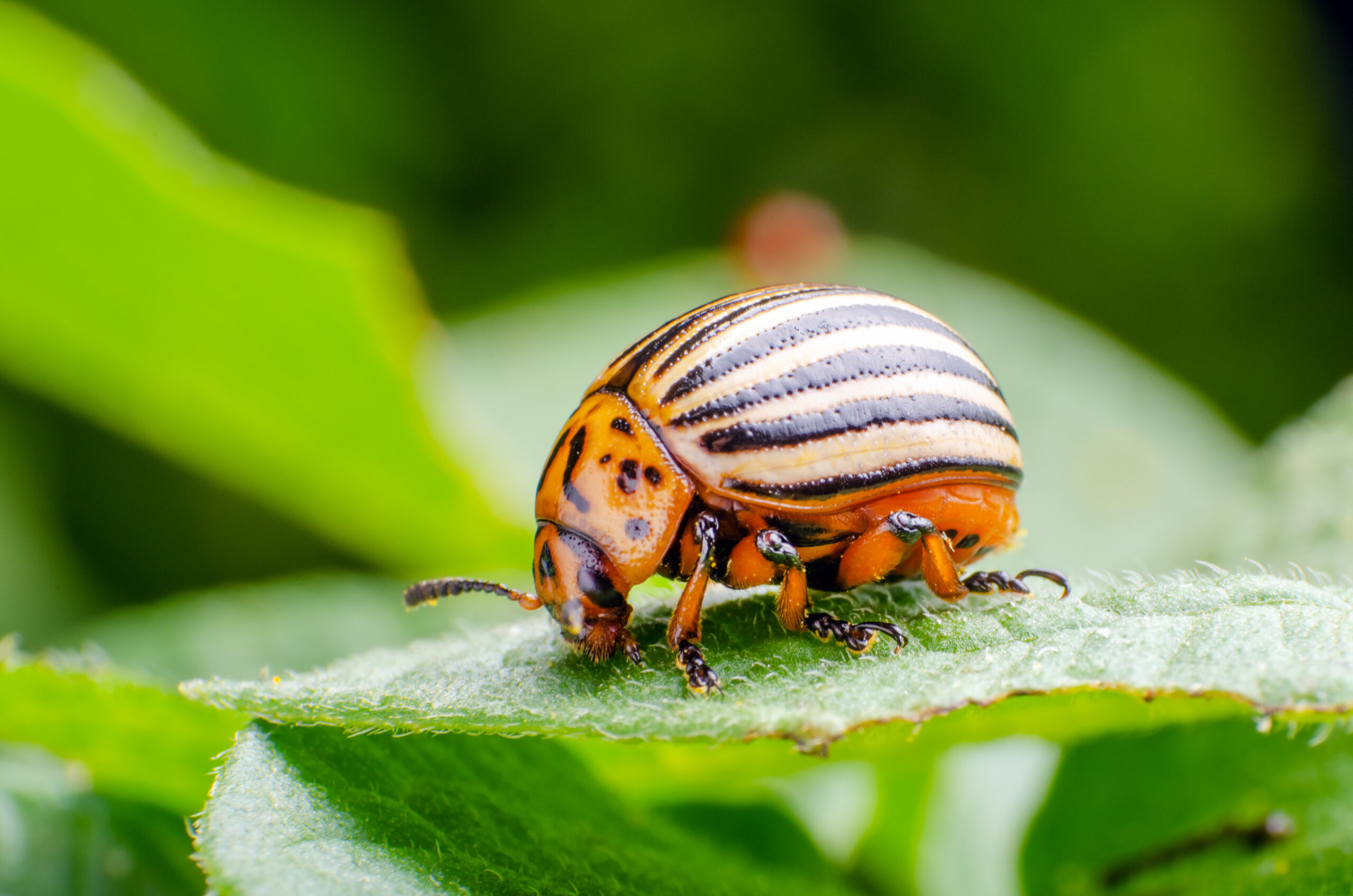
An unexpected addition, right? Believe it or not, beetles are actually an extremely populous group. They make up over 25% of all species on Earth! Beetles come in all shapes and sizes, and the sheer number of species means that beetles can be found in every climate. Their hind wings also protect them from taking in too much water, so they can even be found in moist areas that would scare away any other pest. While most common beetles will not bite or sting us, they are still creepy insects that are not welcome guests in any home or business. No matter what town and state you live in, there are guaranteed to be at least a few prominent beetle species there. They may even try to venture inside your home at night, as beetles are generally drawn to light when it’s dark outside. But above all, the main reason why beetles are so populous in the U.S. is because most species do not go extinct, or even get close to it. If you’re spending the 4th of July outdoors, try and see if you find a beetle during the festivities; we have a feeling that you will easily succeed in this challenge.
Rodents
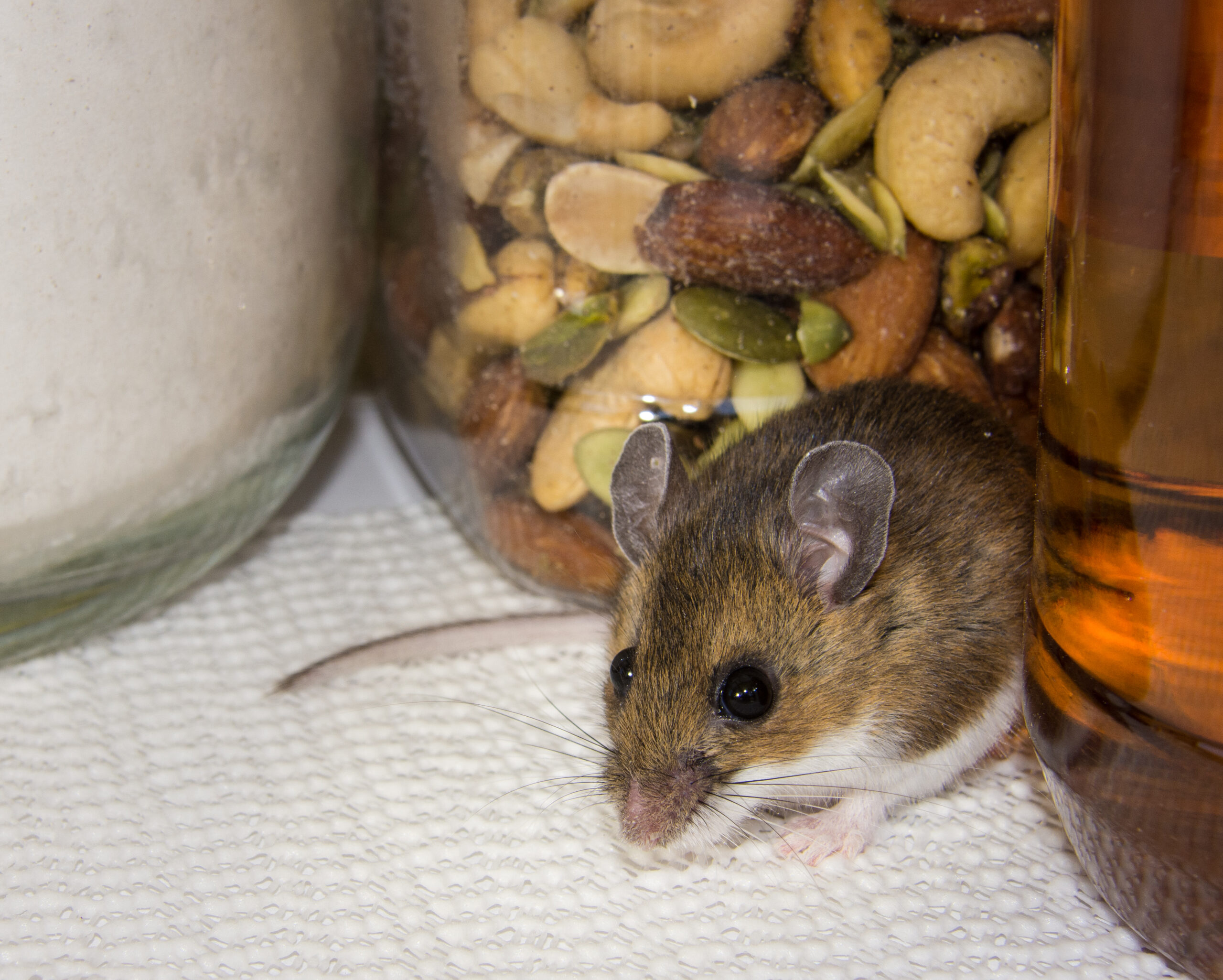
Rats and mice may seem cute in animated movies, but they are far from it when they invade our homes. These rodents are disease-infested pests that are nocturnal and spend their nights scavenging for food to feed their families. They love anyplace that is warm, dark, and quiet, so rodents can often go undiscovered for a little while as they nest between walls or in crawl spaces. Rats and mice eat a wide variety of foods, and they contaminate everything they touch due to the bacteria that accumulates while they paw through garbage for food. Both rodents reproduce quickly and have multiple litters a year, so homes that have a couple of mice invade will eventually have a full infestation if the rodents are left untreated. Speaking of mice, house mice are the most common invaders and are active year-round since they stay indoors. Rodents are not picky when it comes to their shelters, so they are happy with any house they can find their way inside.
Mosquitoes
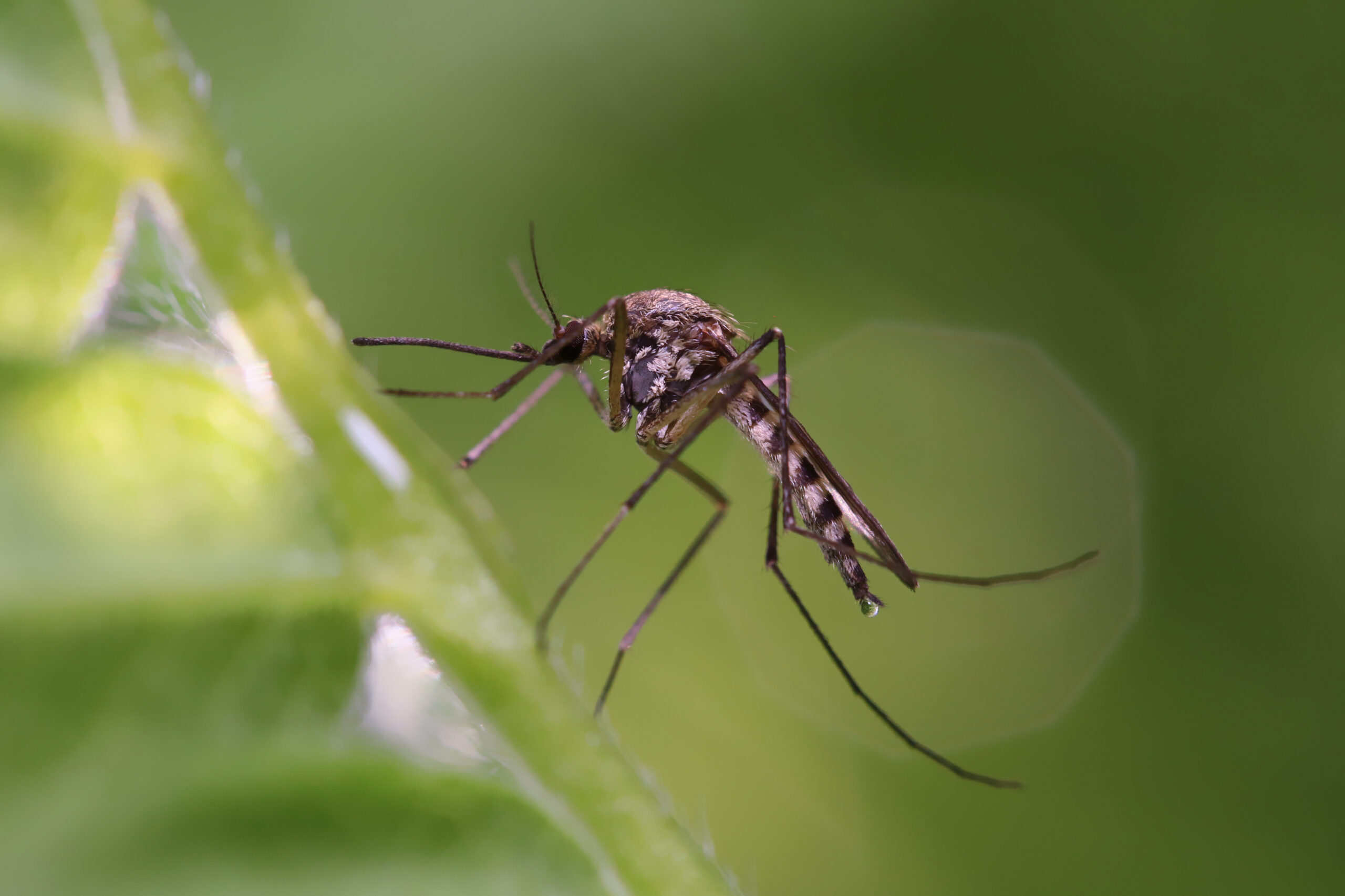
Any city that experiences a lot of humidity is all too familiar with mosquitoes. These pests love heat and are most active in summer, but they are the worst in humid areas due to the extra moisture. Between the humidity and the amount of fresh water, the Southeastern states typically experience more mosquitoes than other states every summer. If there is any kind of stagnant water nearby, mosquitoes will be sure to invite themselves to the party. This is why they seem to be so much worse after a summer storm, since the puddles and drenched yard decor are the perfect egg-laying sites for them. Female mosquitoes are the culprits behind our itchy bites since they begin seeking out warm blood as protein for their eggs. If the previous winter was relatively calm and had lingering moisture, the mosquito population in the subsequent summer will generally be larger than usual.
Flies
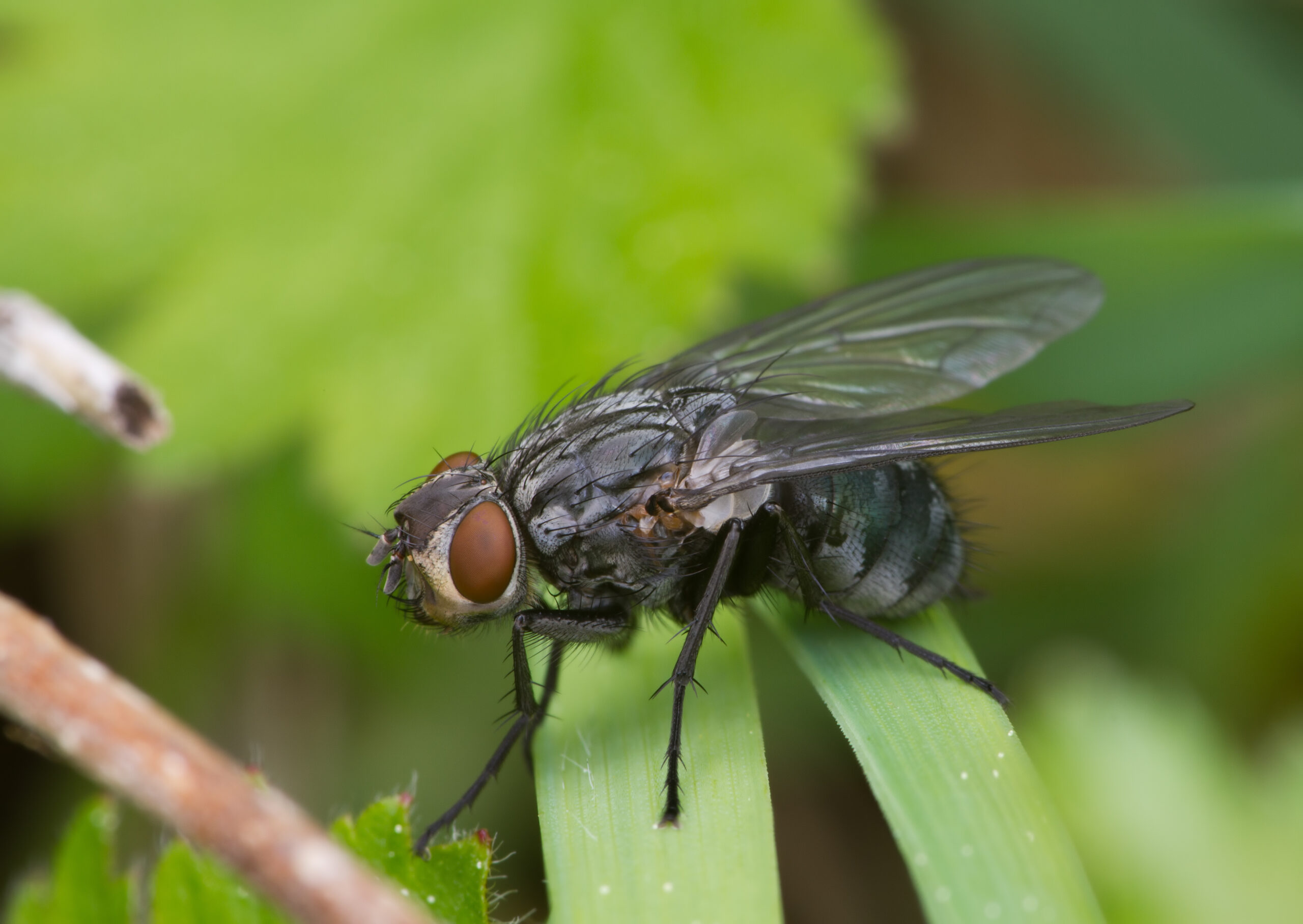
We have come to the most popular pest at any 4th of July barbecue: flies. These insects are relentless in their pursuit of food, which is essentially any kind of food regardless of how fresh or rotten it is. Fruit flies in particular breed in fermented drinks and overripe fruit, so they can be found in full garbage cans after a major food-related gathering like this holiday. Flies are the most populous in summer because they thrive in the heat, like any insect. They like clutter and full trash cans because of the endless opportunities for feeding, and their numbers rapidly multiply in the warmer months. House flies only live for up to a month, but it is usually less than that when someone in the house breaks out the fly swatter. They lay up to 500 eggs in their life and always make sure they are near a food source in order to give their larvae a chance at survival.
Spiders
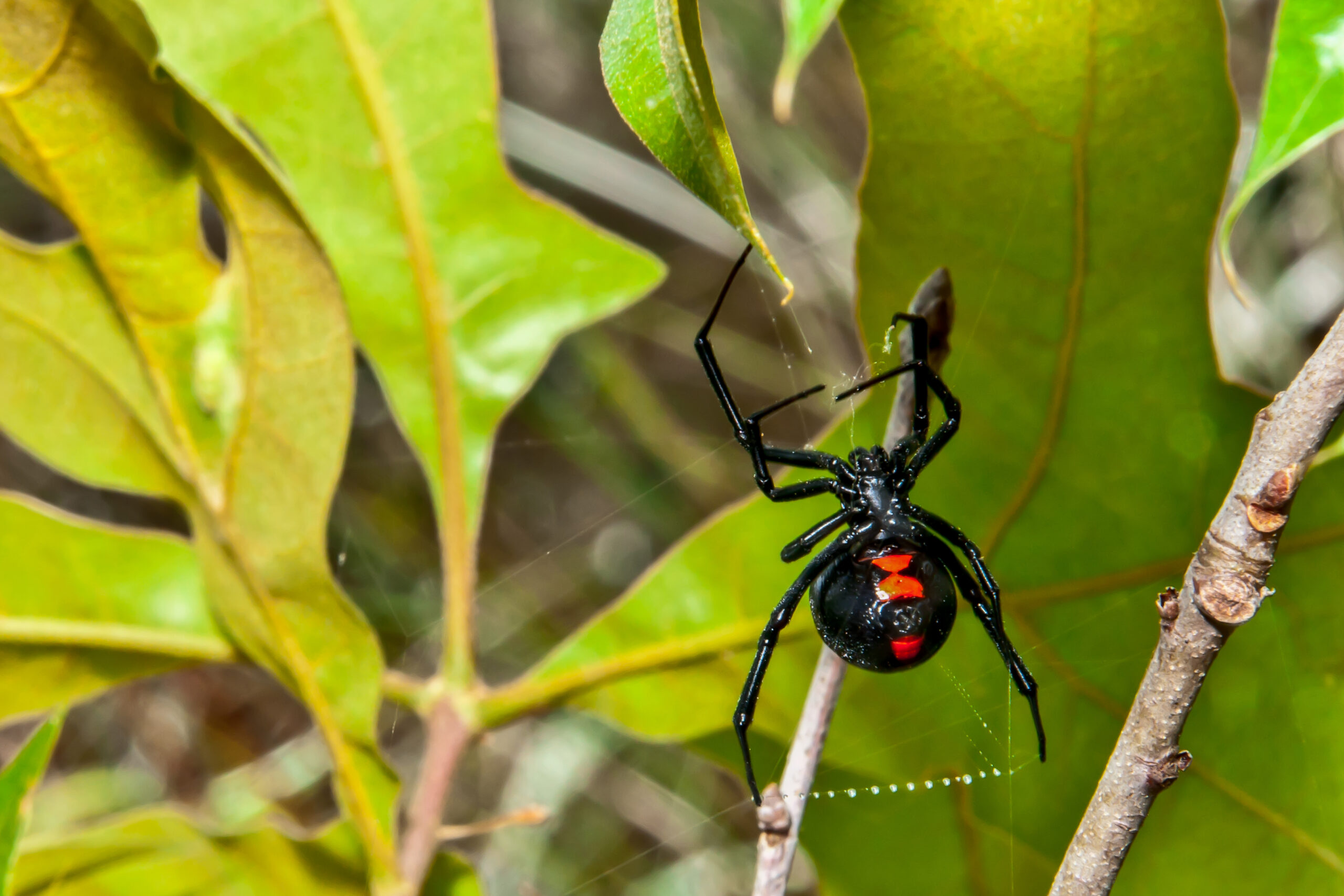
Spiders are a different kind of pest. They generally want nothing to do with us and don’t invade our food, but they still like to live in our homes and reproduce. Spiders need to live near a constant source of food, which is mainly insects. If you see more than one spider in your home, it could be a sign of an untreated insect issue. There are thousands of spider species in the U.S. alone, all with their own abilities and preferences. Some are hunters that are always running towards their next meal, while others build intricate webs that double as a trap and their home. The two most dangerous spiders in America are the brown recluse and the black widow. These arachnids have dangerous venom that they inject in their bites, and this venom can lead to lasting health issues in humans if left untreated. These spiders won’t bite unless provoked, but if you or anyone in your home is bitten by either one, please seek medical attention immediately.
Pointe Protects Against Persistent Pests
No matter what pest problems pop up for you this summer, Pointe Pest Control is here to help. We believe everyone should enjoy a pest-free home, and our highly-trained team is dedicated to making that happen for our wonderful clients. Our treatments are all EPA-approved, so they are safe for humans and pets while still being completely effective against pests. We start every service with a complete inspection of the property to find each area of activity and develop a treatment plan customized to solve each issue. We will not leave any problem or potential issue unaddressed, and we guarantee complete satisfaction with our services. For a free quote on the most efficient pest control services around, contact our team today!
Citations
Canny, I. (2021, January 6). 4 reasons why there are so many flies in my house. deBugged. Available at https://www.rentokil.co.id/blog/why-are-so-many-flies-in-my-house/ (Accessed on June 15, 2023).
Crosfield, D. (2020, February 2). 8 most common insects in the USA. Medium. Available at https://medium.com/@crosfieldd/8-most-common-insects-in-the-usa-3d2e0bc7dc23 (Accessed on June 15, 2023).
Fernandez, S. (n.d.). 5 most common household pests and how to control them. How Stuff Works. Available at https://home.howstuffworks.com/5-most-common-household-pests.htm (Accessed on June 15, 2023).
Stoddard, J. (2021, June 2). Data: Where do insects bug Americans the most?. Imperial Pest Prevention. Available at https://www.imperialpestprevent.com/post/data-where-do-insects-bug-americans-the-most (Accessed on June 15, 2023).
Top 10 house pests. (n.d.). Ehrlich. Retrieved June 15, 2023, from https://www.jcehrlich.com/help-and-advice/pest-insights/top-10-house-pests
Request a Free Quote Today
(We do not share your data with anybody, and only use it for its intended purpose)


